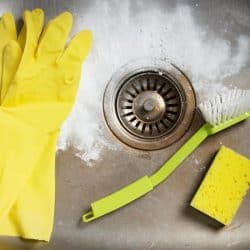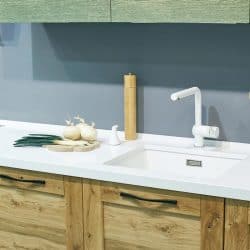If the vent on your kitchen sink is malfunctioning, you are likely wondering if it is even necessary. Maybe you are trying your hand at plumbing for the first time and find installing a vent a bit intimidating. Whatever the reason, you need to know if a kitchen sink needs a vent. We checked with top sources; see our findings below.
All kitchen sinks need vents. Without them, air is not able to get into the pipes which creates negative pressure within the system. This can form a suction on the drain trap, allowing sewer gas to leak into your home.
Although you now know that kitchen sinks need vents, you probably have more questions. Keep reading as we discuss why your sink needs a vent, why your sink gurgles, how far the vent should be from the sink and more.
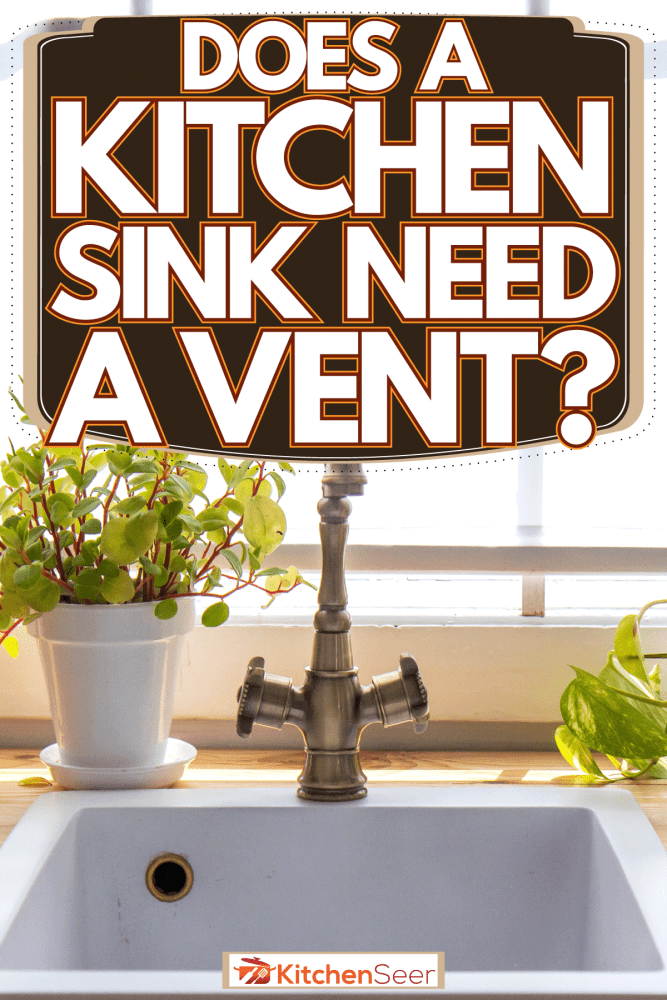
Does a Kitchen Sink Need a Vent?
All kitchen sinks need vents. However, this does not refer to the fan over your stove. Instead, a sink vent is situated within the piping to prevent sewer gas from entering the home. It equalizes pressure within the pipes by allowing air to mingle with the water, preventing a vacuum from forming.
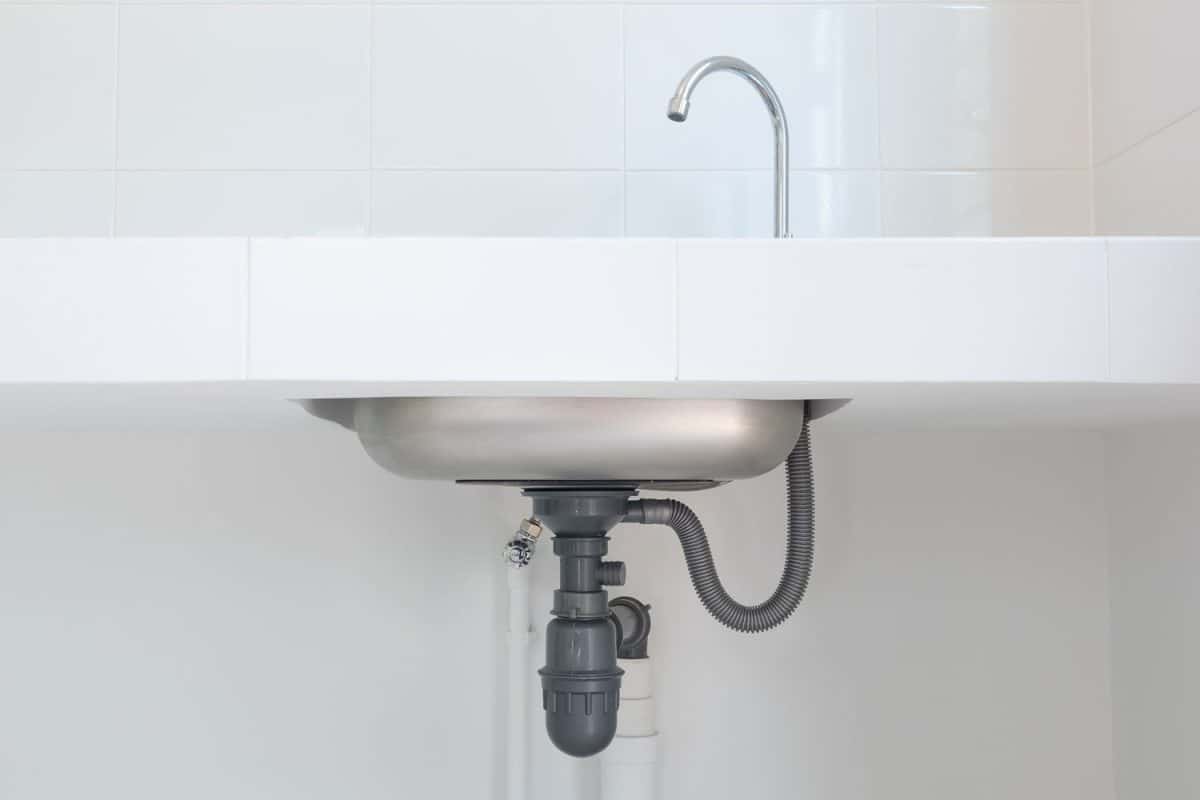
What Happens if You Don't Vent a Sink?
If your sink is not vented, it will not be able to drain properly. Not only can it cause sewer gases to enter your home, but it will also prevent human waste, dirty water, and other byproducts from being removed from the pipes. Drains are pointed downward to allow gravity to assist in the removal of waste.
However, according to Sobieski Plumbing, without a vent, there is no natural pressure to help push waste and water down the drains.
Signs of Poor or No Ventilation
A lack of ventilation may seem like no big deal, but exposure to sewer gases can cause illness and death. If you notice any of the following, you should call a plumber to check out your drainage system:
- Bubbles in Toilet Bowl
- Empty Toilet Bowl
- Foul Odor Emanating from Drains
- Slow Drainage
- Gurgling Sounds
Bubbles in Toilet Bowl
A few bubbles may seem like no big deal, but they can point to a greater problem. If your sink does not have a vent, it will try to find air from other locations. As it does this, you will notice bubbles in areas such as the toilet.
Empty Toilet Bowl
After flushing, toilet bowls should always refill with water. If you notice that your toilet bowl is empty or has very little water remaining upon flushing, it could be a sign of improper ventilation. This is caused by a lack of pressure, resulting in the water flowing away.
Foul Odor Emanating from Drains
Without a vent, sewer gases will not remain trapped within the pipes. Therefore, you may smell sewage odors emanating from your sink drains.
Slow Drainage
According to Sobieski Plumbing, the most common side effect of a sink without a vent is slow drainage. If you are certain there is no clog, and you have taken all measures to improve drainage, the problem is likely due to your sink not having a vent.
Gurgling Sounds
Bubbling and gurgling are not a normal occurrence for drains. If your toilets, bathtubs, or sinks make these noises, it is a result of restricted airflow. This makes it difficult for waste and water to travel through the pipes.
Dangers of Inhaling Sewer Gas
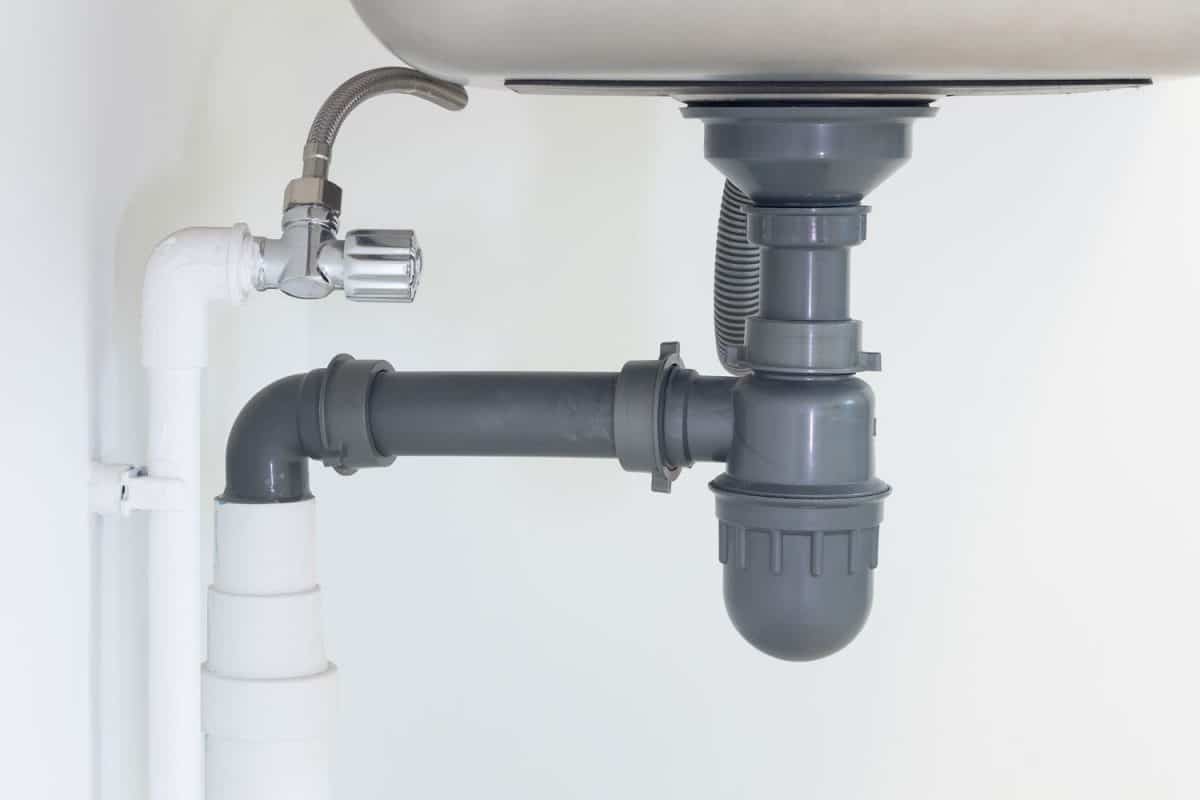
According to the International Association of Certified Home Inspectors (InterNACHI), sewer gases are made up of both toxic and nontoxic fumes. If you do not have a vent in your kitchen sink or other areas of your home, the consequences could be hazardous and even deadly to you and your family. The following are possible dangers you could face from inhaling sewer gases:
- Hydrogen Sulfide Poisoning
- Asphyxiation
- Fire and Explosion
Hydrogen Sulfide Poisoning
Not only is hydrogen sulfide explosive, but it is also extremely toxic. Even in very small amounts, it can cause eye irritation and damage, dizziness, nausea, nervousness, headaches, and drowsiness. Larger levels can cause pulmonary edema and sudden death.
Asphyxiation
As sewer gases enter the atmosphere of your home, they begin to replace the oxygen in the air. The more gas that is released, the less oxygen will be available. Low levels of oxygen can cause dizziness, nausea, headache, and suffocation.
Fire and Explosion
Both methane and hydrogen sulfide, components of sewer gas, are highly flammable and explosive. Even a small presence of either gas is enough to ignite a fire or cause an explosion in your home.
How Far Can the Kitchen Sink be From Vent?
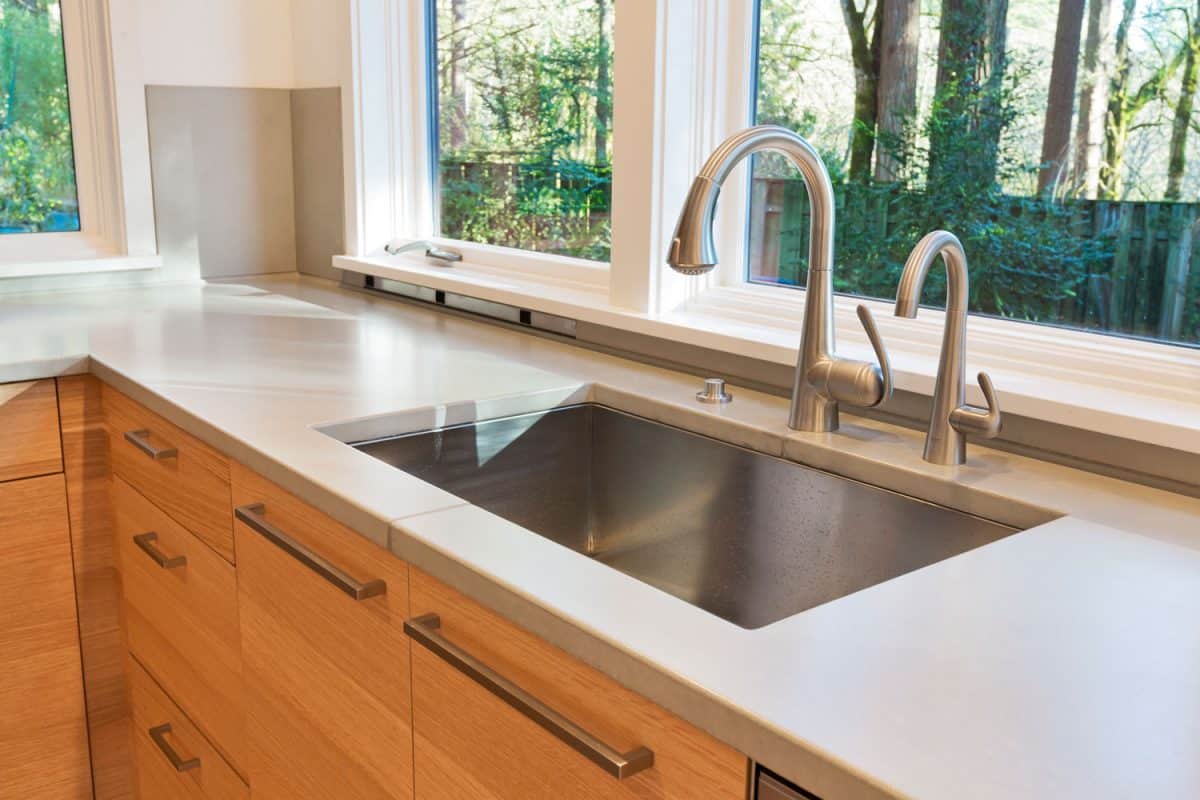
All buildings must have at least one vent for its plumbing fixtures. Therefore, some sinks may run on the same vent. The smallest diameter for a vent pipe is one and 1/4 inches. If your vent is one and 1/4 inch in diameter, it should be no farther than two and 1/2 feet from the sink trap.
A vent that is two and 1/2 inches in diameter, however, can be a maximum of three and 1/2 feet from the sink trap. If the kitchen sink is farther than this from the main vent, the waste will not drain properly. In this case, you will need to install a vent directly into the plumbing of your kitchen sink.
How to Install an Air Admittance Valve
If you find that your sink is too far from your main vent stack, you can easily install an air admittance valve (AAV). However, this type of vent is not accepted in all states. Before installing one, check with your state codes to make sure your sink can legally run on an AAV.
Check out this AAV installation kit on Amazon.
Unlike your main vent stack, an AAV connects directly into the pipes under your sink. Before getting started, turn off the water to your sink, and grab a bucket to catch any water that may flow from the pipes. Now, using a pair of pliers, remove the trap bend and arm from the drain pipe.
The bottom of the AAV will need to be a minimum of four inches above the top of the drain trap. You will need to cut your pipe with this in mind while also ensuring the pieces fit properly under the sink. These measurements will differ from project to project, so you will need to calculate accordingly.
Dry Fitting and Installation
Once you get all the components cut, you need to make sure everything fits together before adding any glue. Once you do this, if it fits properly, use a marker to mark where each piece should be situated, then put the pieces back together.
Remove all wrappers from the AAV fittings. Now, place glue on top of the adapter pipe and sanitary tee. Wrap thread tape around the AAV, then screw it into the top of the adapter piece.
This YouTube video offers an excellent tutorial:
Why Does My Kitchen Sink Gurgle?
If your kitchen sink is gurgling, you either don't have a vent or the sink is too far away from the main vent. This causes the sink to have difficulty draining, and it will try to get air from other areas within the plumbing.
You may also notice a foul smell radiating from your kitchen drain. This is because poor ventilation allows sewer gases to escape from your pipes, causing odor and dangerous fumes to seep into your home. If your kitchen sink features a proper vent, however, the vent could be clogged, or you may have issues with your P-trap.
How Do I Stop My Kitchen Sink from Gurgling?
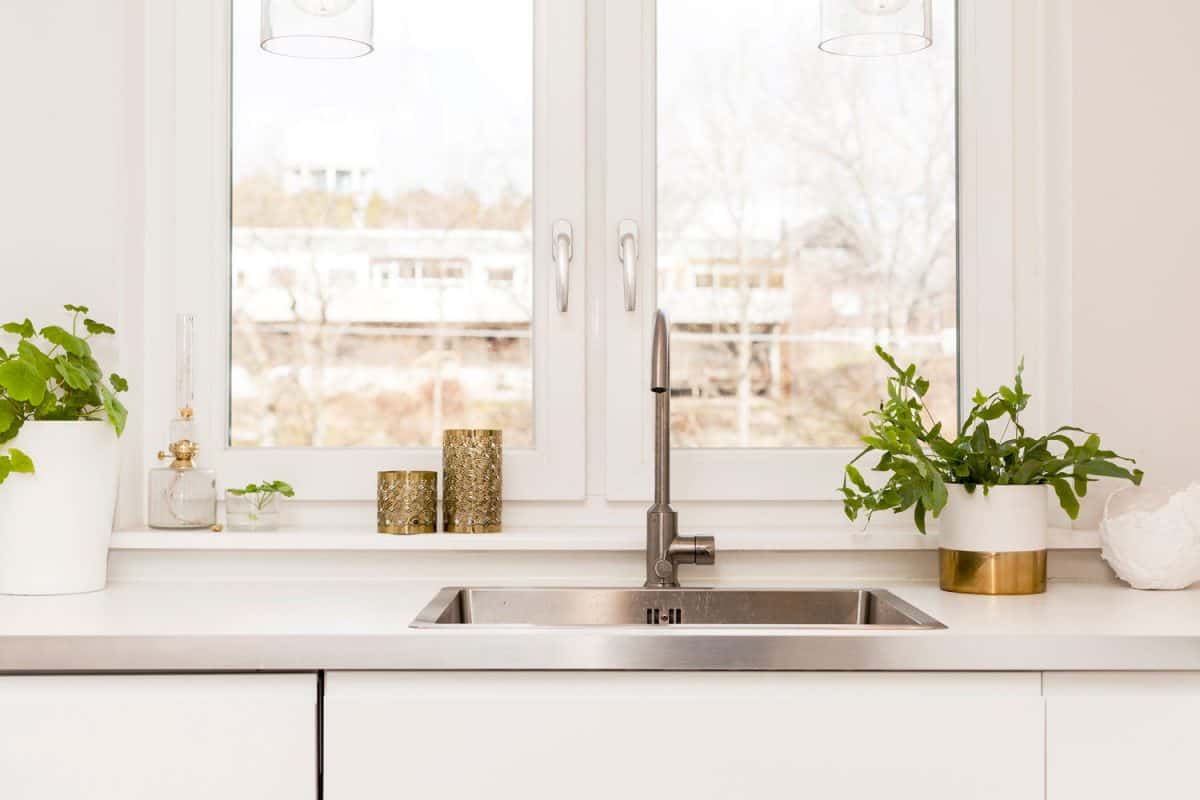
If your kitchen sink does not have a vent, you can stop the gurgling by installing an air admittance valve. It is fairly easy to install, but you may consider hiring a plumber if you have no prior experience. Before beginning the process, make sure AAVs are legal in your state.
Flushing the Vent
If you already have a vent in your sink, you may be able to fix the gurgling by flushing out the vent. In most cases, you will benefit from hiring a professional to do this, because you will need to shoot water at a high pressure through the main vent in your home.
Troubleshooting P-Traps
There may be a problem with your P-trap. The overall distance of all fittings, arms, and pipes should not exceed 24 inches. If yours is greater than this, you will need to shorten your pipes.
Flushing the Pipes
Flushing the pipes is much simpler than flushing the vent. All you need to do is run hot water through your kitchen sink for approximately 15 minutes.
Removing Clogs
Basic drain clogs can cause your sink to gurgle. Use a clog remover, such as Drano, to rid your pipes of any debris and blockages.
Summary
Vents are an important aspect of all sinks including the kitchen. Without suitable ventilation, waste will not be able to properly drain from your plumbing system. It can also allow sewer gases to be released into your home which can be dangerous as well as deadly.
If you have more questions regarding plumbing in your kitchen, check out these other helpful posts on our blog:
How High Should Kitchen Sink Drain Be From Floor?
Does A Garbage Disposal Need A P-Trap?
Is Garbage Disposal Considered Plumbing Or An Appliance?


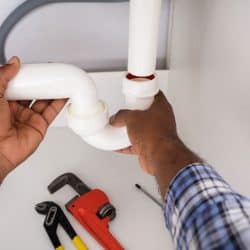
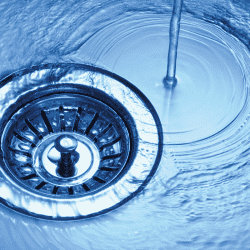
![Open cabinet under sink 1 bowls with installed water pipe, water filter , Accessories aluminum under cabinet sink protection .White kitchen cabinet. - What Are Water And Sewer Taps [For Homeowners Inc. Installation Details]?](https://kitchenseer.com/wp-content/uploads/2022/09/Drain-pipe-or-sewer-under-kitchen-sink.-Pvc-plastic-pipe-and-flexible-supply-tube-connection-to-stainless-steel-sink-include-fa-1-250x250.jpg)

